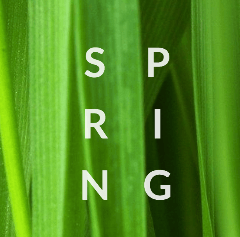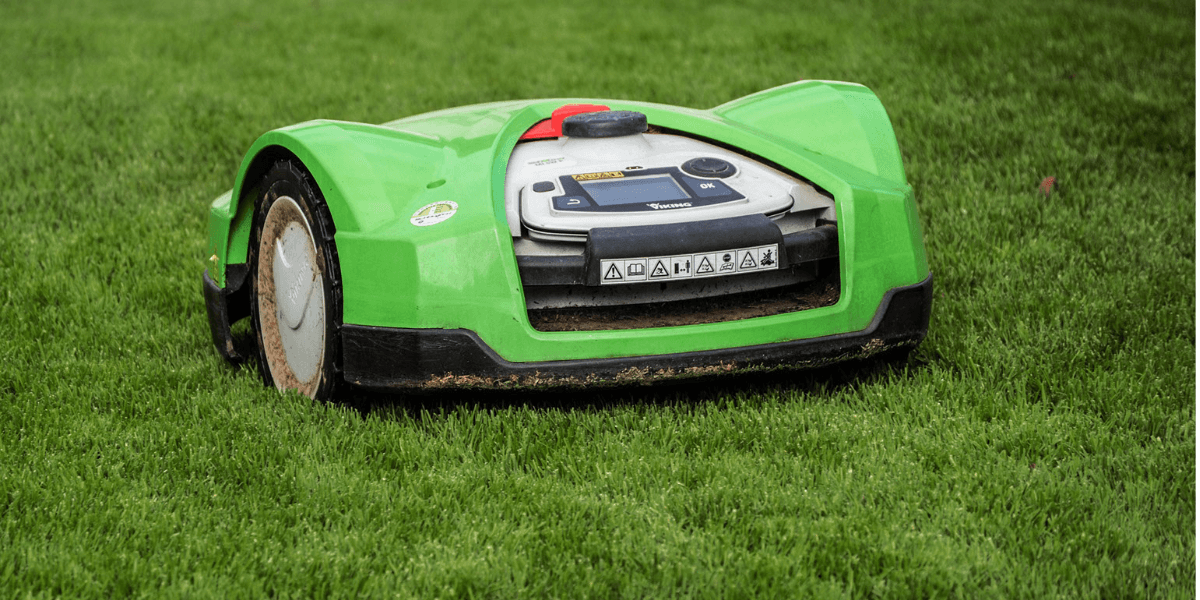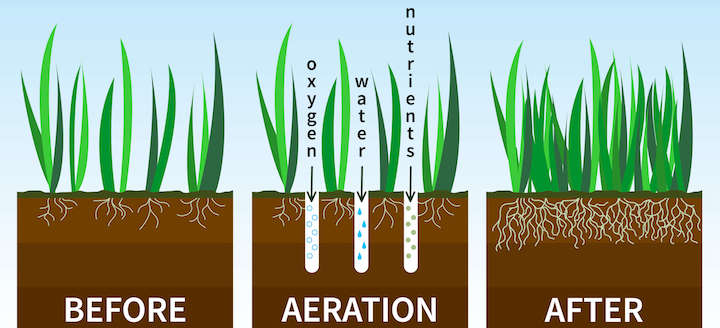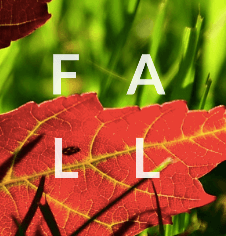Warm Season Maintenance Guide

Winter is Over!
Spring Fertilization
Warm season grasses should be fertilized around the time that they emerge from winter dormancy and turn green again, or in April if you live in the south where no winter dormancy is experienced. Established lawns generally need only nitrogen (which is the first number on the fertilizer bag).
We recommend using a slow release fertilizer since it is both better for the environment, and also will feed your lawn for much longer than traditional fertilizer.
Make sure you follow the recommended rate on the bag. It is always a good idea to use a lower spreader setting and then go back over the area again with any extra. Selecting a spreader setting that is too high can cause to much product to be applied, which you will realize when your spreader is empty prematurely!
H2O
Watering
Again, depending on the area of the country you live in, you may or may not need to water your lawn.
You can tell if your lawn needs water by looking at the grass blades. If the blades seem to be narrow and curled up, your lawn needs water if you would like it to stay green.
Luckily, if you are unable to water, drought almost never kills warm season lawns (unless you live in the desert in which case you will need to water your lawn from time to time). They are very resilient in the face of heat and lack of water. The green color will return whenever the rains do.
Get out the Mower
Mowing Recommendations
Your lawn should be mowed regularly with the following guidelines:
- To reduce thatch buildup in Zoysia and Bermuda or other warm season lawns, bag the clippings.
- Use a very sharp mower blade to put less stress on the grass blade. Using sharp blades helps to prevent fungus damage and spread.
- Never remove more than 1/3 of the grass height at a time. If your grass is tall mow it once at a high setting, and again at a lower setting a few days later.
- See the table below for mowing height guidelines
| Bermuda Grass | 3/4" - 1 1/2" inches |
| St. Augustine Grass | 1 1/2" - 3" inches |
| Centipede Grass | 1" - 2" inches |
| Zoysia Grass | 3/4" - 2 1/2" |

That is the question
New lawn establishment?
Its best to establish new warm season lawns in late spring, though you can do so at any time during the growing season.
You can either sod new areas of lawn or use plugs, since most warm season grasses will spread vegitatively

Early Summer
Aerate
Early summer is the time to aerate warm season lawns, when the grass is growing most rapidly. Aeration relieves compaction and allows air to reach the roots of your lawn. It is best to use a core aerator which actually removes small cores from your lawn.
Before aerating, it is best to mow the lawn very low, which makes it easier for the machine to remove the cores. Make several passes with the aerator in different directions.

Not mushrooms
Fungus
A common summer problem in summer manifests itself as circular splotchy brown areas that slowly grow and spread. The fungus is an airborne spore that enters the plant through the tips of the blade and is mostly found in humid climates. You can confirm a fungal infection by taking a close look at the blades. If the blade is green from the crown/base of the plant but then turns yellow and brown towards the tip, you have fungus.
Luckily, following several cultural practices can prevent/ cure these summertime diseases:
- Make sure watering is done in the morning, not the afternoon and evening. Moist grass at night sets the stage for infection!
- Use sharp mower blades. Dull blades tear the grass, making it easier for the spores to enter the plant
- Avoid applying fertilizer in the summer. Rapid growth actually weakens the plant temporarily and makes it more susceptible to fungus
- Apply liquid fungicide as a preventative if the nighttime temps will be above 70 degrees. Most fungicides are inexpensive and will protect your lawn for 3-4 weeks per application
Less is more
Watering
Depending on conditions, you may or may not have to water your yard throughout the summer. This also depends on your expectations. If you would like to maintain a lush, perfect lawn throughout the heat of summer you are more than likely going to need to help mother nature out. However, if you can tolerate slight discoloration, Zoysia and Bermuda can survive by turning dormant during extreme drought.
It is best to water your lawn in the early hours of the day, anywhere from 4 am to 12 noon. The cooler night and morning temperatures reduce evaporative loss and reduce the amount of water needed. Additionally, following this schedule reduces the fungus pressure on your lawn by allowing the turf to dry in the afternoon. Read more about fungus below!
An ounce of prevention
Grub Control
Grubs can wreak havoc on any lawn, and this damage is most evident in spring and fall when the white grubs are feeding on the roots of your turf. July is usually the best time to apply chemical grub control, as this is when the beetles lay their eggs. Make sure you read the label of the insecticide, as some must be watered into the soil after application

Winter is almost here
Dormancy
Warm season grasses will turn dormant after the first hard frost (meaning several hours below 28° F). This will occur at different times depending on your climate.
Rake the Leaves!
Leaf Removal
It is important to remove fallen leaves in a timely manner. A thick blanket of leaves will block required sunlight from your lawn. Don't let a layer of leaves remain on your lawn for more than a few days!


Merry Christmas
Winter Dormancy
Unless you live in the deep south, your warm season lawn will be dormant all winter. There isn't any work to be done as the grass isn't actively growing.
Enjoy your winter and look forward to spring!

